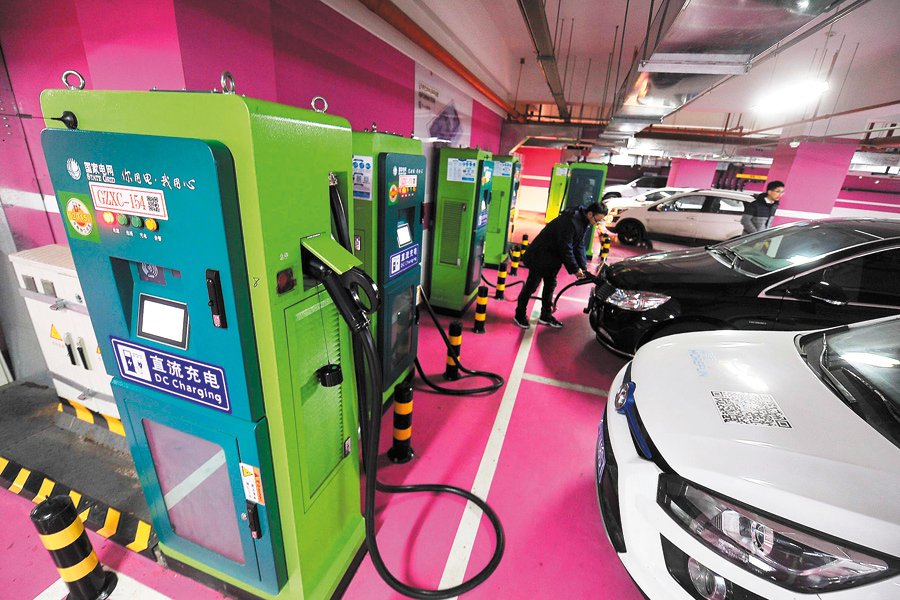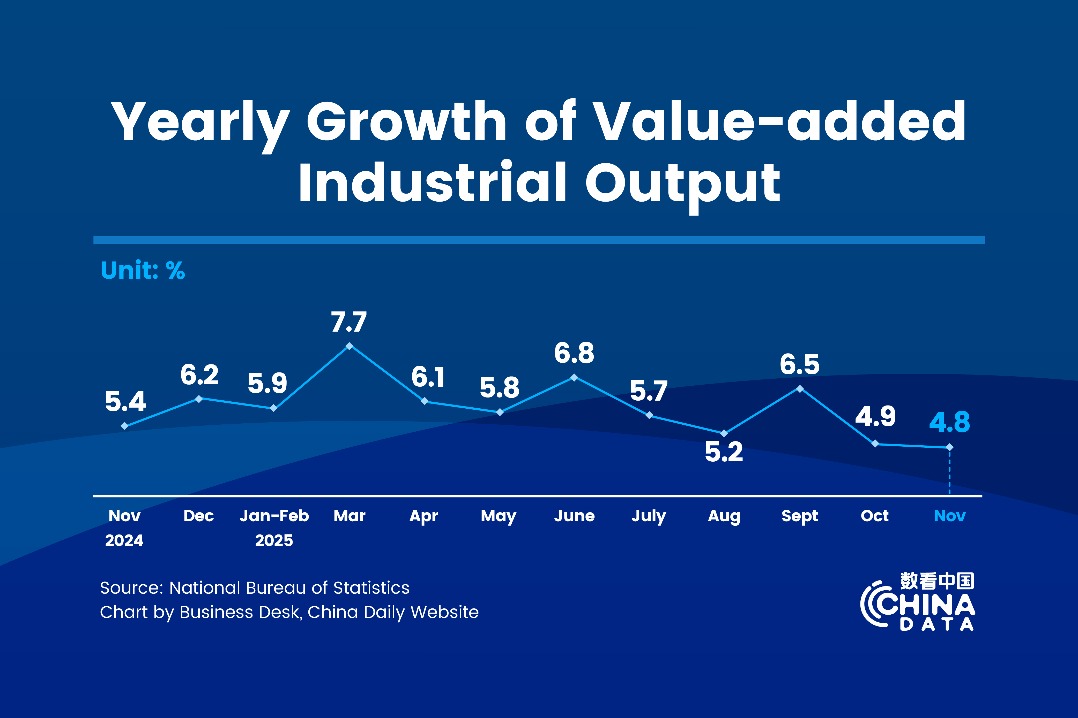New energy to succeed 'with or without' subsidy


Reduced government funding to spur innovation in new energy cars
China's new energy vehicle industry is set to embrace the future with, or even without, reduced government subsidies, and automakers are promising to offer customers value for money and low power consumption.
The adjustment in the current new energy vehicle subsidy scheme is "imperative", according to a speech by Miao Wei, minister of the Industry and Information Technology, at the China EV100 Forum 2018 last week in Beijing.
Miao said: "Compared to postponing the subsidies until the year-end of 2020 with a one-off adjustment, it's better to slow the subsidies in steps to smooth the impact."
He added that future tasks include guiding the local fiscal subsidies towards encouraging the construction of charging facilities and charging service expenditures.
Another future task for the new energy vehicle industry is to support new energy vehicle makers' innovation in terms of platforms and integration, and further elevate vehicles' overall performance to the level of conventional fuel vehicles, or even beyond, according to Miao.
The cash allowance is set to fade out by the end of 2020, according to the ministry's announcement made in August 2016, and the national subsidies given to fully-electric passenger cars dropped by 40 percent from 2017. New energy vehicle experts suggest that industry players are well prepared for the yet-to-come policy changes and the reshuffle around 2020, since the industry has been expecting a gradual subsidy fade-out beginning from this year.
While the industry expects a gradual drop in the government subsidies that compensate less in terms of retail price, new energy vehicle makers have to offer value for money to the customers, Wang Binggang, an expert leading the National New Energy Vehicle Innovative Engineering Projects, told a group of reporters.
He suggested that electric cars in compact and smaller segments match the cost performance of their gasoline powered peers by 2020.
Wang said: "Compact electric cars are well accepted in Beijing, Shanghai, and Guangzhou because they can still carry five people. The mini-size cars are preferred by buyers in many tier-two and three cities scattered across the country."
About 11,000 new energy vehicles, with mini-size electric cars contributing a large proportion, were sold in the last four months in Liuzhou, a tier-three city in Guangxi Zhuang autonomous region.
The local government in Liuzhou did not spend much on promotion for the vehicles, but instead paved the way to purchases by adding incentives such as free parking, charging facilities and other favorable conditions, according to Wang.
Mini-size electric cars accounted for about 67 percent of the total sales of new energy passenger vehicles last year, and around 25 percent of them were compact models, according to industrial data.
The China Association of Automobile Manufacturers' statistics showed the sales volume of new energy passenger vehicles has jumped 72 percent from a year ago to 578,000 units. Small-and mini-size electric cars have no need for a very long driving range like 400 km or a very large battery pack built for affluent subsidies, according to Ouyang Minggao, an academician of the Chinese Academy of Sciences.
"The users' real demands on these models are only for short-range commuting and urban trips," Ouyang said.
He also predicted that the common cost for an average pure electric passenger car would be cut to 0.8 yuan per watt hour (12 cents per Wh) by 2020, and further lowered to 0.6 yuan per Wh by 2025.
Chen Qingtai, an automobile expert with the Development Research Center of the State Council, shared his vision that fully-electric vehicles will have a cost performance better than conventional fuel vehicles no later than 2025.
Minister of Science and Technology Wan Gang said in his speech at the forum that: "Fully-electric vehicles still have shortfalls in the performance and piling up batteries to increase the driving range is not a viable option.
"When the batteries are added, the weight goes up. As a result, the energy consumption surges."
Wang told China Daily that, "The added weight not only consumes more energy, but also creates more emissions of carbon dioxide.
"Through my analysis, electric vehicles with very high power consumption, could emit more carbon dioxide than conventional fuel vehicles. We should be devoted to the research and development of batteries, while lowering the cost."
Ouyang said that the approach of piling up battery packs for more subsidies will come to an end as increasing the driving range of electric vehicles becomes much more important. "A new energy vehicle maker should not dump all the responsibility of extending driving range to the battery maker.
"Only when the power consumption is lowered can an electric car run farther at low cost. It's the optimum path," he said at the forum.
Targeted at cutting the power consumption to 10 kWh per 100 km for a 4.5-meter-long blade electric car by 2020, one of the nation's key special projects is underway at Chang'an Automobile Co in Chongqing.
Ouyang named the BMW i3 as a model to learn from, as the German-made new energy hatch-back has realized low power consumption via a lightweight strategy applied in body design. Its main car body is made of carbon fiber reinforced polymer, about 250 to 350 kg lighter when compared with an aluminum alloy body, which helped BMW reduce the i3's weight to 1,224 kg.
BMW adopt a holistic approach towards electric-mobility ecosystems, including battery research and development, production, recycling, electric service, and has set up the largest public charging network, according to Jochen Goller, who will take the position of President and CEO of BMW Group China from Mar 1.





































